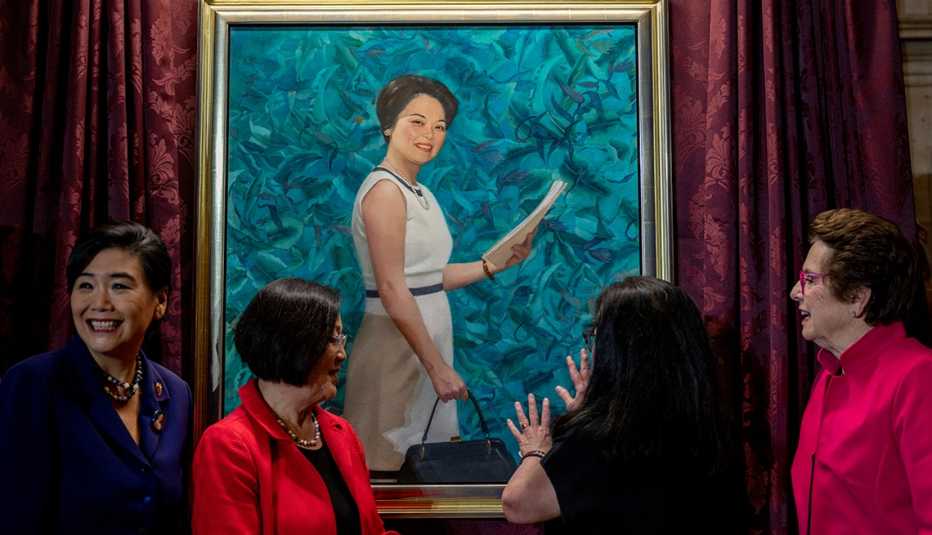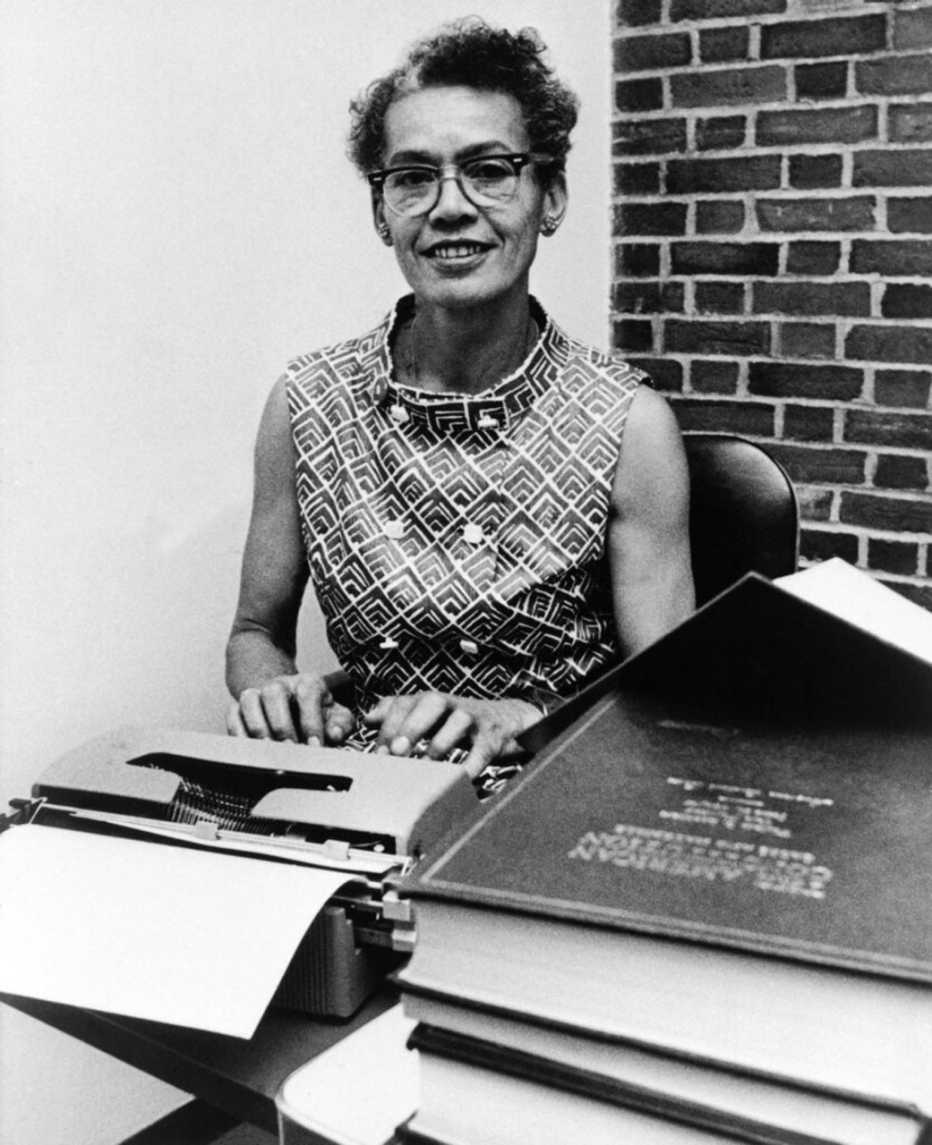AARP Hearing Center


Five renowned and multifaceted women will appear on the new 25-cent coins in 2024. The honorees in the U.S. Mint’s American Women Quarters Program are Celia Cruz and four others in various fields who played a key role in the country’s history and culture.
“By honoring these pioneering women, the Mint continues to connect America through coins, which are like small works of art in your pocket,” Ventris C. Gibson, director of the institution, said in a statement.
The four-year program began in 2022 and will wrap up in 2025. These are the honorees.


Celia Cruz
The Queen of Salsa was a cultural icon and pioneer of Afro-Cuban music, expressing the African elements of her identity through rhythms, lyrics and outfits when it was not popular to do so. From the 1950s until her death on July 16, 2003, Cruz recorded an impressive catalog of tropical genres with the best musicians and arrangers in Latin music. Born in Cuba in 1925, she found stardom as the lead singer for La Sonora Matancera, Cuba’s lead musical group in the 1950s. She went into exile in the 1960s, not knowing if she would ever return to Cuba. In the U.S., she continued her musical rise to fame, earning three Grammys, including a Lifetime Achievement Grammy, four Latin Grammys and a National Medal of the Arts, among other awards. Twenty-one years after her death, she is making history again, becoming the first Afro-Latina to appear on a U.S. coin.


Patsy Takemoto Mink
After Hawai‘i became a state in 1959, lawyer and politician Patsy Mink launched her candidacy for public office. She became a member of the U.S. House of Representatives in 1964 and was the first Asian American woman to serve in Congress. Later, she became the first Asian American woman to run for president. In Congress, Mink fought relentlessly for gender and racial equality, affordable child care and bilingual education. She was key in the passing of Title IX, which was named the Patsy T. Mink Equal Opportunity in Education Act after her death. She was born in Paia, Hawai‘i, in 1927 and died in Honolulu in 2002.






































































More From AARP
Hispanic Heritage Month 2024: Observe Events Across the Country
From coast to coast, celebrate while learning more about Latino history and cultureBand Director Creates Mariachi Champions for Life
How Albert Martinez lifted the spirits of a town that really needed music
How Much Do You Know About These Famous Afro-Latinos?
Influential, charismatic figures left their mark on the United States
Recommended for You